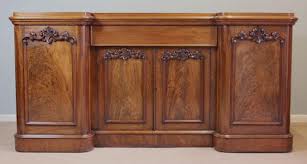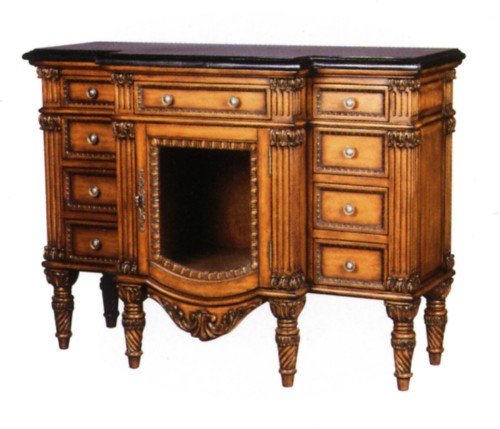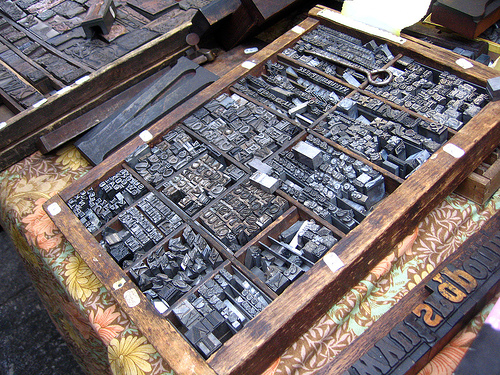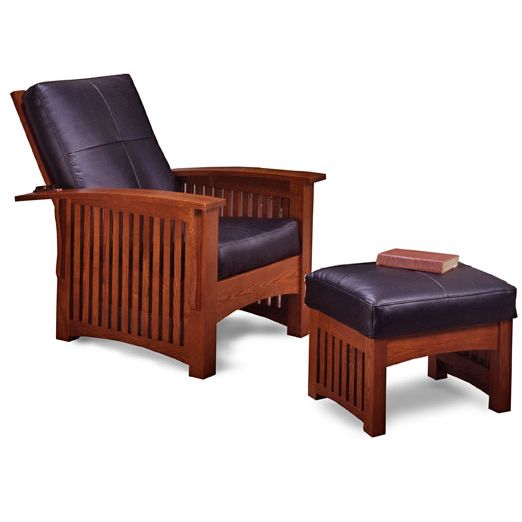The origin of sideboards is fascinating in that no one actually designed them they just came about by accident. In an elegant dining room in 1750 or so there was nowhere to put hot plates, wine bottles, etc. So they dragged hall table into the dining room and pushed it against a wall to stack all the eating and drinking utensils needed for a great night in.
Robert Adam generally gets the credit for thinking, in about 1760, that it would be a great idea to stand either side of this serving table on a pair of cupboards. Then, on top of these cupboards, stand some rather elegant boxes, often resembling classical urns. Inside the boxes, a person of quality would keep the silver cutlery and carving knives. All the bottles of wine, the glasses, and the much-needy potty would go into the cupboard. This idea was much better and more useful than just a table, but still not a sideboard as we know it today.
The idea of a serving table with cupboards at each end worked well enough for a while, but it didn’t take long before Thomas Chippendale, amongst others, decided to take the idea of the separate cupboards and the table and stick them all together into one piece of furniture, add some fine decoration, one or two drawers, lovely legs, even more cupboards, and give it a lovely new name … a side board.
 Thomas Chippendale had a long and enviable list of clients to whom to flog this new and distinctly dining-room furniture piece, and he did so exceedingly well. All the other designers started to make copies of his sideboards, and the design gradually became better and more practical, with built-in cellarets and cutlery drawers. More and more variations on the original appeared. Some have curtains at the back to catch hot fat while cutting the joint; some have mirrors; some have loads of legs, and some have none. By the end of the eighteenth century, sideboards were fixtures in dining rooms.
Thomas Chippendale had a long and enviable list of clients to whom to flog this new and distinctly dining-room furniture piece, and he did so exceedingly well. All the other designers started to make copies of his sideboards, and the design gradually became better and more practical, with built-in cellarets and cutlery drawers. More and more variations on the original appeared. Some have curtains at the back to catch hot fat while cutting the joint; some have mirrors; some have loads of legs, and some have none. By the end of the eighteenth century, sideboards were fixtures in dining rooms.
The popular sideboards are always the earliest examples, especially the ones with a cellaret on one side with a pot cupboard placed behind it. People would generally get access to this cupboard from the sideboard’s side, not the front. Most people think that sideboards are sophisticated pieces of furniture and so assume that the cellaret was for wine and that the pot cupboard was only used for plates and cups.
A china potty was often kept in these pot cupboards in case one of the gentleman or even one of the ladies didn’t fancy the long, cold walk to the nearest netty, which was probably outside. When the urge took one, the potty would be removed from the pot cupboard and the person would casually walk behind a screen with said potty and discreetly use it for its intended purpose. Afterwards, with exquisite steadiness and care, trying not to spill any, the relieved person would replace the potty, being slightly fuller than it had been, back into its compartment. Either a servant or a gallantly courageous and obliging host would periodically empty the potty over the course of the evening. Those who were well-practised at this sort of thing were apparently able to use the potty while remaining seated at the dinner table. There are records of these things regularly happening at big, posh dinner parties. Guests would have their own potties positioned under their chairs, and apparently the ladies found it just as easy as the men did!
Like all antiques, sideboards can be bought for surprisingly small amounts of money. From only a few hundred pounds, you’ll be able to buy a Victorian example, and a couple of thousand pounds will get you into the period Georgian market. Both will give great pleasure and make good financial sense, when you consider how much it would cost to make something of the same quality new and that you will always have something of value and worth. There is also an excellent chance that you may be able to make money on it.
An antique sideboard can take plenty of hard use but here are some quick tips on caring for antique sideboards:
Don’t place furniture near or in front of radiators. Heat causes shrinkage. This can loosen joints and veneers and change the shape of the piece over time.
Light can also damage furniture. Natural light or artificial light of a high intensity can alter finishes, and if severe can break down the wood. Use blinds or curtains to reduce light levels.
If moving furniture, remove the drawers to reduce the weight and lock the doors so they don’t open. Don’t drag antiques across the floor. When lifting, try to get hold of the base and lift from there, rather than from the top.
The best way to protect the finish of your piece is to use a good quality beeswax polish. This should be done at least once a year. The wax should be applied sparingly with a soft cloth, and the piece then polished with another lint-free cloth. A good shine comes from rubbing rather than from many layers of wax. You don’t need to pay a fortune for wax, either. Most DIY stores sell serviceably good stuff. Using coloured wax, as opposed to clear, helps to disguise any fresh scratches and marks and all adds to the character.
There isn’t really too much to worry about when buying and using antique furniture. Just a little common sense and care is required, much less than is needed with new furniture. These pieces are bomb-proof, and you should never be scared to use and enjoy them.




















